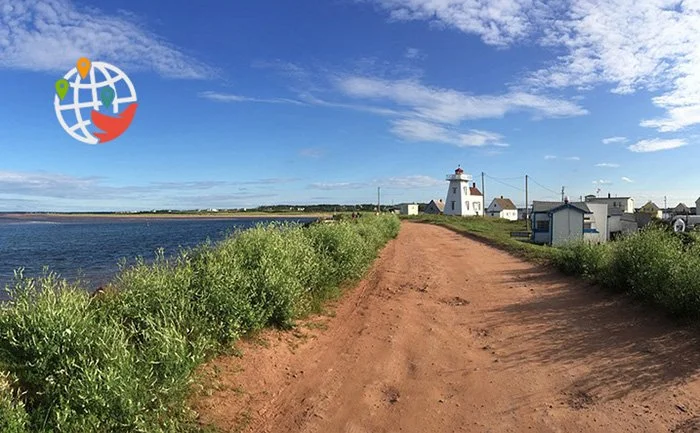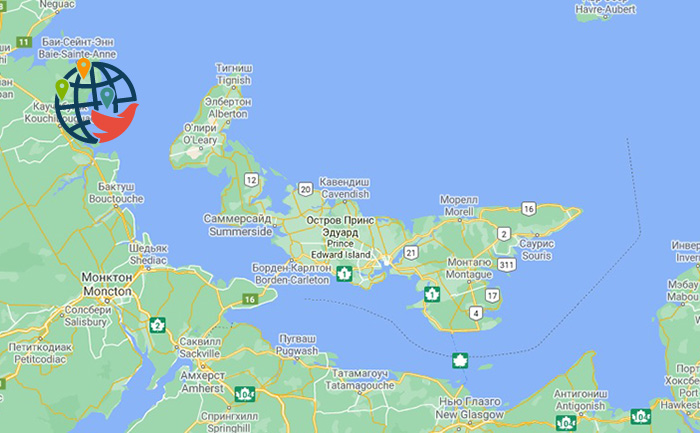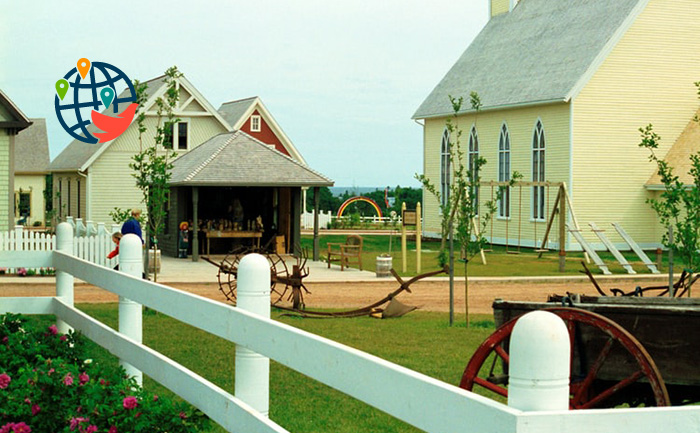Prince Edward Island: One of The Most Picturesque Provinces

Climate, education, taxes, immigration programs, and the best places to live in the gem of Atlantic Canada
In this article, we'll cover the following topics:
- geographical location;
- climate;
- where to live;
- crime;
- education;
- work and salary;
- prices and taxes;
- healthcare;
- population;
- what to see;
- immigration programs.
Prince Edward Island is one of the maritime provinces in eastern Canada, located in the Gulf of St. Lawrence east of New Brunswick and north of Nova Scotia. The island is known for its red sand beaches, lighthouses, fertile lands, and abundance of seafood, including lobsters and mussels.
The maritime province consists of the main island and 231 small islets, many of which are uninhabited. The province covers an area of 5,660 km² and has a population of about 177,000, making it the smallest and least populated province. However, in recent years, Prince Edward Island has shown one of the fastest population growth rates among all Canadian provinces.
Fun fact about the province! The local Mi'kmaq people called the island Abegweit, which is traditionally translated as "cradle on the waves," which accurately describes the crescent-shaped island surrounded by sea waters.
Where is Prince Edward Island located?

The main island is located in the Gulf of St. Lawrence, 200 km north of Halifax, Nova Scotia, and 600 km east of Quebec. The island has only two significant urban areas: the capital, Charlottetown, and its suburbs, and the harbor of Summerside. The rest of the island consists of hills, sandy beaches, and forests.
Charlottetown has a population of over 40,000, and its bustling harbor provides many job opportunities.
The island has a moderate continental climate with maritime influences, featuring moderately cold winters and warm, humid summers. Winter storms and blizzards are common, while spring, summer, and fall bring abundant rainfall, making it ideal for agriculture. In July-August, the average temperature is 23°C, sometimes rising to 30°C. Winters are mild, with daytime temperatures around -3°C.
Cost of Living


This weekend Canada switches to winter time

A new era for Canadian athletes

Canada celebrates its National Day and reflec...

Rising inflation in May threatens rate cuts i...

Canada Prepares for a Sharp Increase in the E...

High Auto Insurance Rates for Immigrants Spar...

Canadian intelligence raises alarm: China's i...

Canada continues to attract skilled professio...

How the food supply chain in Canada works and...

The mysterious disappearance of a taxidermy g...

The remains of a mysterious ship have been fo...

Saskatchewan raises age limit for tobacco pur...
Prince Edward Island residents enjoy a comfortable life with relatively low costs for housing, living expenses, and heating. Although the average family income is approximately $62,500 CAD, which is slightly below the Canadian average.
Prince Edward Island is a great place to live and raise a family. It's easy to buy a home here, with average prices around $370,000 CAD.
Renting is also significantly cheaper than in southern Canada. Rent prices range from $1,200 CAD to $1,600 CAD.
Other monthly expenses:
- daycare — $10 CAD per day (subsidized through inclusion in the federal program);
- private daycare — $30 CAD — $35 CAD per day;
- transit pass — $20 CAD;
- internet — $60 CAD — $90 CAD;
- gym membership — $40 CAD — $60 CAD.
Economy
Besides tourism, Prince Edward Island's economy is almost entirely based on agriculture, which provides most of the country's potato crop. The island is also known for other agricultural products, such as dairy.
There are many employment opportunities for immigrants, from fishing to agriculture, tourism, and recreation. Overall, it's a very welcoming and diverse region.

You have seen 36% of the text. This article is available only to users with Premium Access. Want to get access to this and other Premium articles? Subscribe to Premium Access!

















